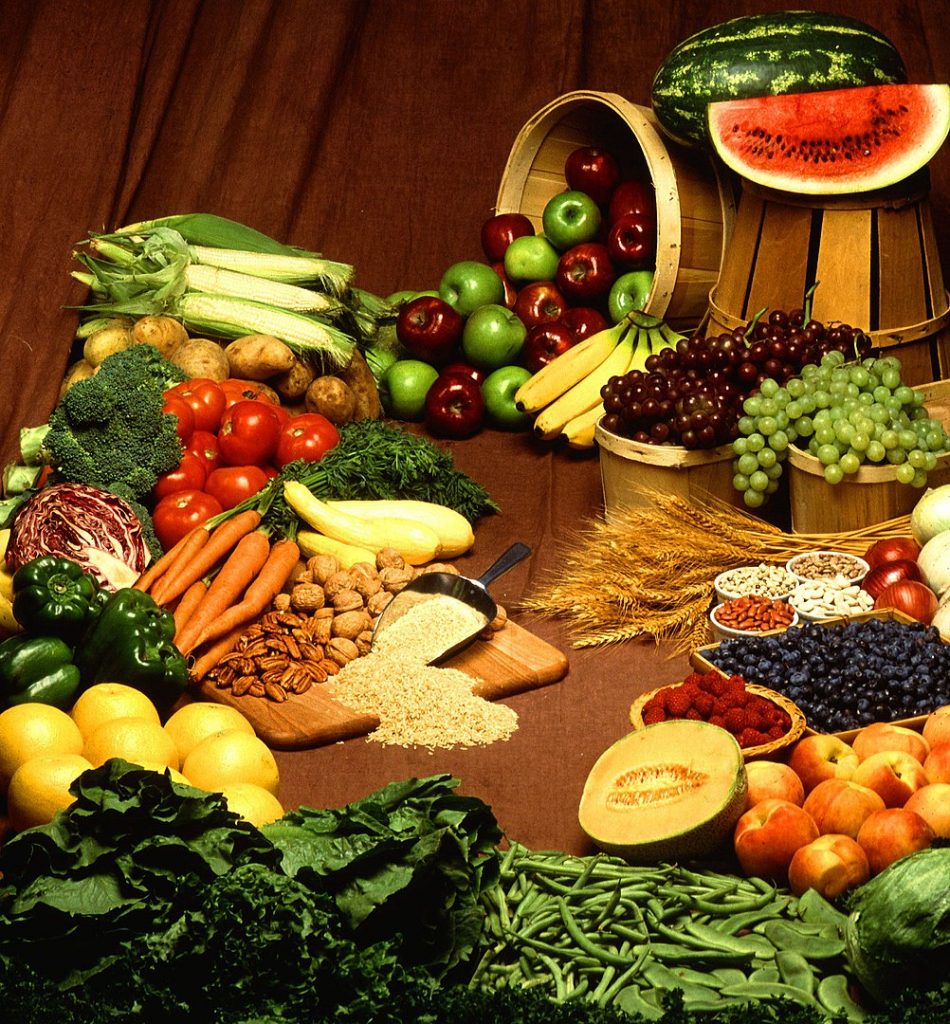14.1 – Introduction to Food Safety

By Keith Weller, USDA ARS – This image was released by the Agricultural Research Service, the research agency of the United States Department of Agriculture, with the ID K3839-3 (next)., Public Domain, https://commons.wikimedia.org/w/index.php?curid=25115238
Foodborne Illness and Food Safety
Foodborne illness is a serious threat to health. Sometimes called “food poisoning,” foodborne illness is a common public health problem that can result from exposure to a pathogen or a toxin via food or beverages. Raw foods, such as seafood, produce, and meats, can all be contaminated during harvest (or slaughter for meats), processing, packaging, or during distribution, though meat and poultry are the most common source of foodborne illness. For all kinds of food, contamination also can occur during preparation and cooking in a home kitchen or in a restaurant. For example, in 2009, the Marshall Islands reported 174 cases presenting with vomiting and diarrhea. After an epidemiological investigation was completed, they identified the cause to be egg sandwiches that had been left at room temperature too long resulting in the growth of foodborne toxins in the egg sandwiches.1
In many developing nations, contaminated water is also a major source of foodborne illness. Many people are affected by foodborne illness each year, making food safety a very important issue. Annually, one out of six Americans becomes sick after consuming contaminated foods or beverages.2 Foodborne illness can range from mild stomach upset to severe symptoms, or even fatalities. The problem of food contamination can not only be dangerous to your health, but it can also be harmful to your wallet. Medical costs and lost wages due to salmonellosis, just one foodborne disease, are estimated at over $1 billion per year.
1 Thein CC, Trinidad RM, Pavlin B. A Large Foodborne Outbreak on a Small Pacific Island. Pacific Health Dialogue. 2010, 16(1). https://www.ncbi.nlm.nih.gov/pubmed/20968238. Accessed June 9, 2019.
2 Foodborne Illnesses and Germs. Centers for Disease Control and Prevention.https://www.cdc.gov/foodsafety/foodborne-germs.html. Updated January 23, 2018. Accessed June 8, 2019.
At-Risk Groups
No one is immune from consuming contaminated food, but, whether you become seriously ill depends on the microorganism, the amount you have consumed, and your overall health. In addition, some groups have a higher risk than others for developing severe complications to foodborne disease.
Who is most at risk?
Young children, elderly people, and pregnant women all have a higher chance of becoming very sick after consuming contaminated food. Other high-risk groups include people with compromised immune systems due to HIV/AIDS, immunosuppressive medications (such as after an organ transplant), and long-term steroid use for asthma or arthritis. Exposure to contaminated food could also pose problems for diabetics, cancer patients, people who have liver disease, and people who have stomach problems as a result of low stomach acid or previous stomach surgery. People in all of these groups should handle food carefully, make sure that what they eat has been cooked thoroughly, and avoid taking any chances that could lead to exposure.

